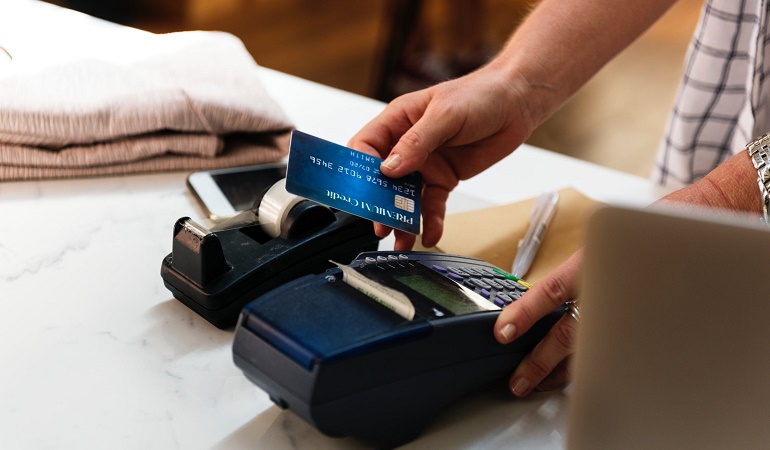To drive sales.
When it comes to investing in technology, 39.1% of retailers say increasing sales and generating more in-store revenue are top priorities for their business, according to a study conducted by VDC Research for mobile and IoT management solutions provider, SOTI. Further, 34.8% of retailers adopt technology to help improve productivity.
“Many retailers are deploying new technologies to help drive worker efficiencies and support sales teams. This is a positive trend where the role of mobile devices in retail operations is not only about supporting worker transactions, but also engaging customers,” SOTI Australia and New Zealand managing director, Michael Dyson said.
“Retailers want their next-generation mobile devices to show customer’s videos, support promotions, browse the web, place online orders and more.
“The use of mobile point-of-sale (mPOS) devices in-store allows store associates to provide customers with a better retail experience, which leads to increased sales. For instance, the adoption of mPOS helps sales by allowing shoppers to avoid long lines at the cash register, which often results in customers not completing a purchase.”

To compete with e-commerce’s growing popularity, and as more customers use technology as part of their in-store shopping experience, more retail businesses are seeing the benefit of deploying mobile devices in their stores.
However, the study found that for retailers adopting mobile technology, many are not leveraging Enterprise Mobility Management (EMM) solutions to their fullest potential.
In fact, only one in five retailers claim to have complete visibility into their mobile devices (phones, tablets, POS systems, scanners and other rugged Internet-connected hardware), and application usage. Additionally, the research found that the primary cause of mobile solution failure was network connectivity issues (49.3%), and for 36.5% of respondents, security and access control were also factors.
“Ensuring mobile devices are working effectively is business critical for modern retail workflows. Just one dropped connection or poorly performing application per shift can translate into almost $20,000 in annual support and productivity loss costs per mobile worker. Additionally, the consequence of this downtime can result in up to a hundred minutes in lost productivity or 23% of a daily shift,” Dyson said.
“Retailers need to make the most of their mobility investments, by adopting management solutions that ensure device security to protect customer data, as well as reliable connectivity that supports both store associates and customers at all times.”

